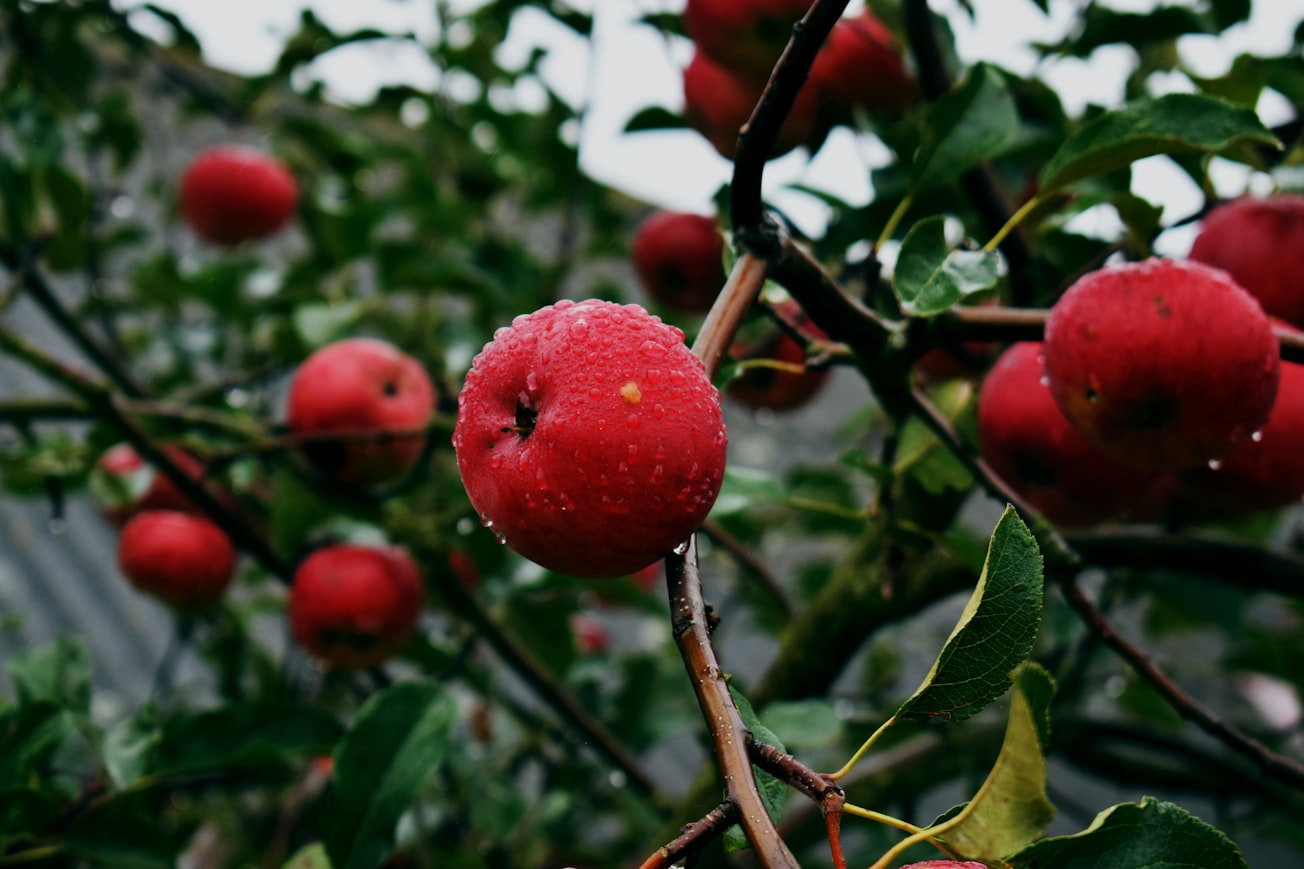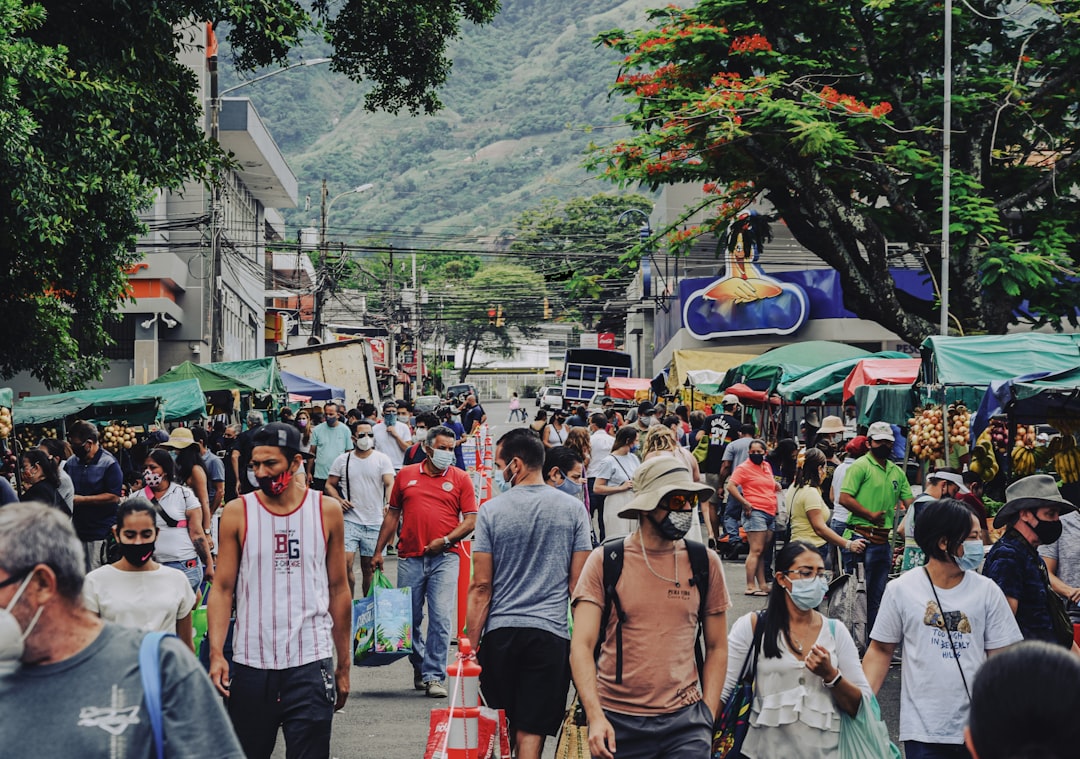What is it about?
Apples have changed dramatically since domestication over five thousand years ago. Here, we compare the domestic apple and its ancient wild relative and demonstrate that modern apples are significantly heavier, less acidic, and contain fewer phenolic compounds than their ancestors. Further, we examine observable breeding trends that have shaped the apple over the past 200 years.
Featured Image

Photo by Michal Hlaváč on Unsplash
Why is it important?
This work paints a picture of the domestication of one of our most ancient crops. Understanding the past states of our favourite foods helps us understand what is possible in the future.
Perspectives
I often take our delicious modern fruits for granted. But have you ever wondered what our fruit species would have been like thousands of years ago? This article details what apples would have been like when our ancestors first began domesticating plants and animals. It is a curious examination into the history of our agriculture and a testament to the power of crop domestication!
Thomas Davies
Dalhousie University
Read the Original
This page is a summary of: Phenotypic divergence between the cultivated apple (Malus domestica) and its primary wild progenitor (Malus sieversii), PLoS ONE, March 2022, PLOS,
DOI: 10.1371/journal.pone.0250751.
You can read the full text:
Contributors
The following have contributed to this page










